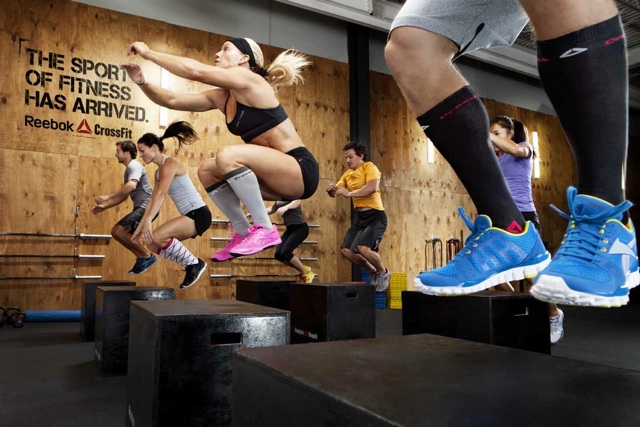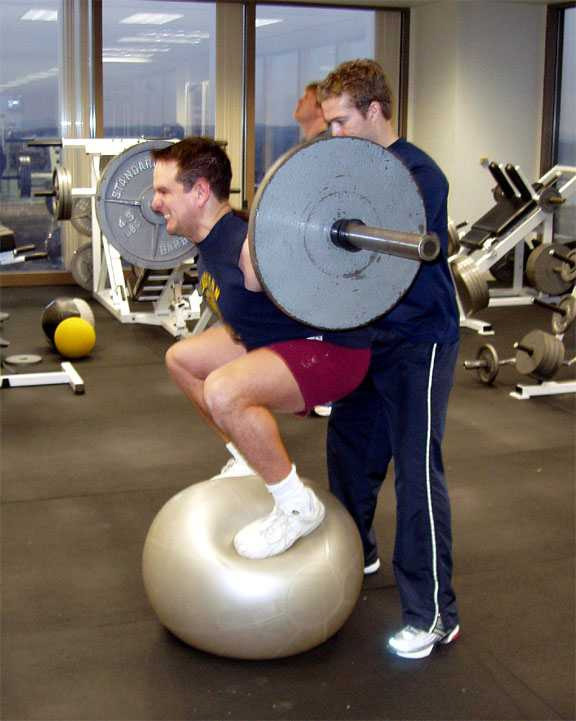
Exercise Is Not A Sport (Part II)
December 26, 2012 // Fitness, Wellness
When I collaborated with Fitness Expert Dan Flores in Exercise Is Not A Sport, the feedback from readers was tremendous. Many wanted more information about choosing the right exercising method for their body. People asked about various programs, styles, theories and other aspects of fitness. It was apparent that the exercise industry has confused everyone with all of the conflicting information on choosing which exercises to utilize for their goal(s). Dan and I decided to team up again to address the various reasons why exercise is not a sport and needs to be person-specific.
Newer Means Better
When the fitness industry sees a new way to engage people into exercise, two groups diverge. The experts of science and education begin to analyze the safety, effectiveness, practicality and use of the new product/style while the experts of marketing and sales focus on exposure, attractiveness, accessibility and brand. Unfortunately, the two groups do not always correlate. In fact, most exercise products and methods are lacking one or the other.

Shake-A-Waste-Of-Time
Exercise is researched extensively by professionals to ensure safety while being effective. Exercise products, on the other hand, are created to generate revenue and build a brand. These products are marketed to the general public promising results, convenience, and enjoyment. Fads and trends emerge as a new product or style is introduced to solve a exercise dilemma (“Tired of doing all those crunches and straining your neck and back?”, “Want a nice body but hate going to the gym?”, “Wish you could skip dieting and have a flat stomach?”). The constant stream of new exercise products, styles, and programs has caused people to assume that if it’s new, it has to work.
Why Body Focused Movements Are A Must
Within the fitness industry exists the trend of cookie-cutter workouts often using a catchy name or slogan, like “….often seen in CrossFit and Insanity DVDs.” These workouts usually include standardized movements that are performed without much consideration for the individual’s current anatomy or structural status. This approach to exercise can be a recipe for injury because each person has a “current setting” that when ignored or violated, can expose the body to limits of ROM (Range of Motion) and intensity that its unaccustomed. Individualized exercise must be the top priority. Without the primary concern for the individual, other themes like competition and “fun” become the focus. That focus can take away from the true goal of exercise, which is to challenge the body appropriately.
Every individual must consider the following factors when choosing the appropriate exercise:
Range of Motion (ROM)
It is what it is. You can’t set a standard on ROM because each individual has a pre-determined ROM. When exercises demand a certain ROM that exceeds the individual’s current capacity, injuries are likely to occur.
Structure
Everyone is unique. Skeletal structure varies from person to person. Bone length and joint position affects movement, so the movement must be catered to the individual (and not the other way around).
Control
The most important factor in resistance training. Momentum should be minimal (eliminated, if possible) when moving a limb against resistance.
Proper Progression
Everyone responds differently. Factors such as age, condition, genetics, prior history, nutrition and frequency contribute to the rate at which a person adapts to the current physical demand. Ultimately, a person’s body will dictate when progression or regression is necessary for exercise.

Classic Risk-To-Benefit Ratio. I’d give it 95-5%.
Without demonizing workouts like Crossfit and Insanity, it’s important for the above reasons to exercise responsibly. Any form of exercise can be used appropriately as long as ROM, structure, control and proper progression are considered. Once the application is appropriate, fitness trends can be a fun way to spice up your workouts.